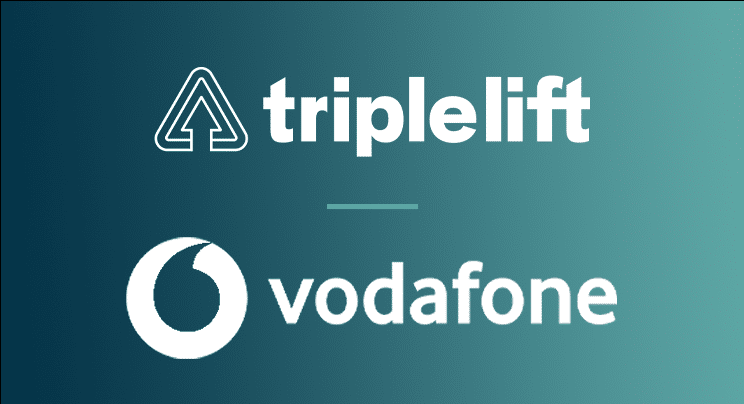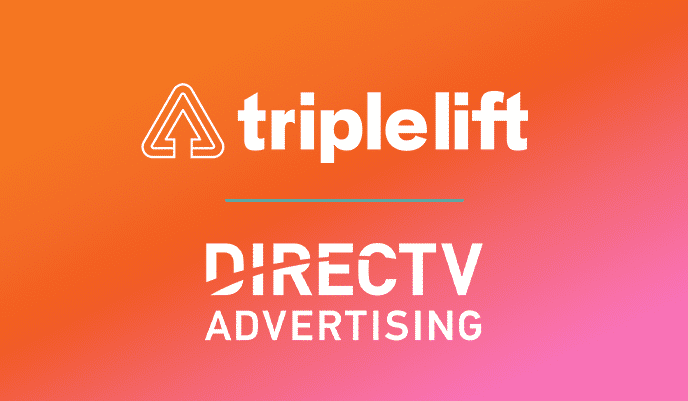Authored by: Grant Nelson, Senior Product Manager
I use my GPS when I go anywhere, even if I’ve been there a million times. I trust it because it’s always been accurate. But what if my GPS was slowly giving me less and less accurate information and providing longer, more wasteful routes without telling me?
This is what’s occurring right now with signal loss and current ID solutions.
TripleLift data shows that without third-party cookies, cross-site ID solutions’ coverage drops to 30% for probabilistic identifiers and 5% for deterministic identifiers. Advertisers need a solution that reaches the other 70-95%.

Advertisers rely on matching users across sites to credit conversions and build audience targeting profiles. Third-party data providers that provide audience targeting data rely heavily on third-party cookies to link online with offline data to make it targetable. That’s why your audience targeting probably doesn’t work on the 47% of traffic without a third-party cookie.
You need a better solution.
Publishers, advertisers, and data providers are increasingly leaning on cross-site identity solutions to replace this function, but this will result in running out of gas. Smart advertisers and buying platforms have begun benefiting from the realization that ID solutions aren’t enough.
Cross-site identity solutions can lead you down two roads:
- Probabilistic: Solutions that rely on technical attributes exposed by a browser as a user surfs a site, such as IP address, user-agent, URL parameters. These solutions don’t require the user to affirmatively choose to share identifying information, as they operate passively.
- Deterministic: Solutions that request from a user an email address or a phone number and use that information or a deterministic derivative to link that user on one context or site to another context or site.
Passive Identifiers & Probabilistic Solutions
Probabilistic solutions rely on the uniqueness created by many possible combinations of attributes surfaced by a browser to servers. Unfortunately, Google Chrome and the other browsers are working hard to reduce the possible combinations observable.
Suppose you’ve just landed at an airport and are looking for your hired car to take you to a hotel. If you knew the car’s license plate, you could identify with certainty which vehicle is yours. Today, Chrome provides the license plate via third-party cookies. Without the license plate, knowing the car’s manufacturer, color, and size, you still have a good chance of finding your vehicle.
Passive ID solutions would rely on manufacturer, color, and size to generate an ID, for example, “red-ford-pickup” or “gray-honda-4door.” These are pretty useful, but not as accurate as a license plate.
Now, imagine that all vehicles are the same color, reducing “red-ford-pickup” to “ford-pickup” and “gray-honda-4door” to “honda-4door” This is similar to the impact of Chrome removing useragent variation.
You can still (maybe) find your car, but it will take much longer than it used to.
This has a few consequences advertisers need to consider:
- You should expect to see high coverage numbers for probabilistic solutions, but this doesn’t matter. What matters is discernibility and the total number of unique IDs that actually represent different devices.
- One user ID in a probabilistic solution is not one device; it’s an unknown number of devices that appear identical. And the number of devices that appear identical is growing every day. This means a probabilistic userID is less a user ID and more of a cohort ID, but the only thing the cohort has in common is they happen to browse the web similarly. Reporting will get muddier, and attributions will lead to false conclusions even if they appear to be backed by numbers.
Deterministic User PII-Provided Solutions
Deterministic solutions rely on the user providing the same email address to both parties that want to link data. So, the user provides the same email address to a publisher and to an advertiser, or the same email address to an advertiser and also a data broker.
Advertisers are considerably more adept at collecting email addresses, from checkout flows to coupons and discount drives, to newsletters. In short, consumers are more likely to provide an email address to a brand. Buying platforms report that advertisers are making huge gains in getting email addresses, but that’s only half of the equation — you need something to match to.
Publishers have considerably more difficulty collecting email addresses.
To understand what a cookieless future will look like, we wanted to understand how often publishers send requests that include universal ID solutions relying solely on email addresses or phone numbers. We found publishers only send one of these IDs around 5% of the time. Advertisers relying solely on ID solutions will be competing over this tiny fraction of inventory and will be paying the resulting markup accordingly. These solutions play a valuable role, but their coverage is very low.
We anticipate that publishers will increase their efforts to get users to provide email addresses, but we are skeptical that users will change their behavior en-masse. Most have already made up their minds on whether or not to share email addresses. Many provide burner email addresses via Apple HideMyEmail or Firefox Relay.
Cross-Site Audiences Without a Cross-Site ID Dependency
Against this backdrop, TripleLift Audiences was created as a solution to create cross-site audiences without a reliance on cross-site identity, cookie, or otherwise.
TripleLift Audiences creates and deploys audience definitions to individual publishers, but are targetable across sites. This ensures consistent audience definitions while working on twice the inventory as cookie-dependent audience targeting solutions.
TripleLift Audiences enables advertisers to reach users based on purchase intent and interests and can find content based on topic sentiment. This has driven strong performance results for our advertisers, and it’s not limited to only the part of the internet with cross-site identifiers.
TripleLift Audiences safely gets you to your destination.
To learn more about how TripleLift Audiences can help you achieve better results, explore our Data and Targeting research page.






